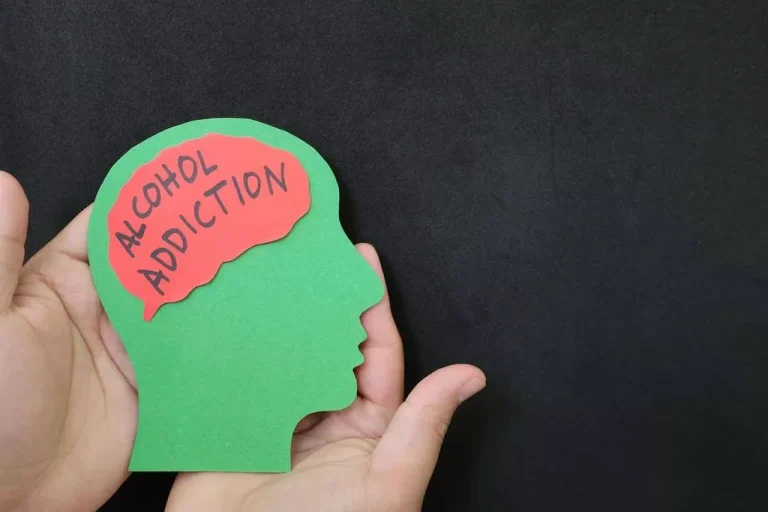
Surgery for rhinophyma is quite common and is seen as one of the better avenues for improving a patient’s quality of life. Case severity will depend on the individual and certain variables that exist in one’s life that have the potential to aggravate rhinophyma. Severe cases of rhinophyma can see an individual develop an extremely bulbous nose, so much that it appears to be quite disfigured. More severe cases should be referred alcoholic nose to a specialist, who may consider using topical ivermectin and brimonidine, or oral isotretinoin. It is because of this misunderstanding of rhinophyma and the effects of alcohol that it has been given nicknames like “whiskey nose” and “drinker’s nose”. Welcome to the helpline at RehabNet.com, we are open around the clock, ensuring you can discuss treatment options for yourself or someone close to you at any time.

Possible Causes of Red Nose and Treatment
- If you or a loved one suffers from alcoholism, please get in touch with our alcohol rehab in Orange County immediately.
- People who have this medical condition usually have a red nose that is swollen and bumpy, and which probably looks worse during a period of heavy drinking and chronic alcohol use.
- Entrust your addiction with people who love and care about you and want to see you happy.
You already have an allergic reaction to the peanuts, but by adding more peanuts, you are adding a bigger reaction and agitating the reaction more, making it worse. The skin can become inflamed and turn purple or red depending on the amount of blood in that body area. This is because a lot of blood rushes into the area and swells as different bumps begin to grow. While the idea that alcohol causes rhinophyma has been popularized in movies and illustrations, studies do not support this stigma. However, alcohol may still play a very small role in increasing the risk of developing this condition. Additionally, a study published in the Journal of the American Academy of Dermatology noted that alcohol consumption increases the risk of rosacea in women.
Preventing Skin Conditions Like Rhinophyma
- Some races, such as Asians, lack certain enzymes to process alcohol, leading them to have a flushed face upon consuming alcohol.
- However, if a case of rhinophyma is less severe, some of the treatments we discussed for rosacea may be used.
- Rhinophyma is the medical term for “ alcoholic nose”, or “drinker’s nose.” This is a skin disorder commonly identified by a red, misshapen, bumpy nose.
- Alcohol affects your face and skin in general by enlarging both pores and blood vessels.
- Rhinophyma is actually a subtype of rosacea, a skin disorder that leaves the nose looking swollen, enlarged, red, bulbous, and distorted.
The condition occurs equally in people who drink alcohol and people who do not. The symptoms of rhinophyma can cause anxiety and emotional distress for some people. In some cases, surgical treatment can improve appearance and help ease anxiety. The condition gradually develops after the onset of the initial stages of rosacea, which typically happen between the ages of 25 and 50.
What is Rhinophyma?

However, if somebody has rhinophyma or rosacea and drinks heavily, their symptoms will be agitated. There are four stages of rosacea, and rhinophyma occurs in the last, or late, stage. Because rhinophyma often develops following a severe case of rosacea, it’s important to watch out for symptoms of this unique skin condition. However, recent research has suggested that while alcohol worsens the symptoms of rhinophyma, it is not the primary cause. Rhinophyma is a subtype of the inflammatory skin disease rosacea.
- Each individual is sensitive to alcohol in different ways, so everyone who has rosacea may not see a flare-up after drinking.
- Some evidence shows that a person can be genetically predisposed to rhinophyma, as it runs in families of Scandinavian, English, Scottish, and Eastern European descent.
- Medication is not always enough to control rhinophyma once it has developed.
- A survey by the National Rosacea Society found that red wine was the most common culprit, followed by white wine and beer.
- Located on a 15-acre campus in the beautiful mountains of Colorado, our state-of-the-art facility can provide you with the ongoing support needed for lifelong addiction recovery.
It is essential to fully understand the patient’s concerns and consider the emotional impact of the condition on the patient. Attention must be given towards systemic treatment of rosacea and avoiding trigger factors to achieve symptoms control. Rhinophyma, also termed ‘end-stage rosacea’, is the most frequent phymatous manifestation of the disease. It starts as an accentuation of the normal tissue over the nose in adolescence and young adulthood.
Change Your Life Today.
Those with a family history of rosacea also increases the likelihood of developing rhinophyma (alcoholic nose). Rosacea is a skin condition that affects plenty of people each year. When a person has rosacea, their skin—especially on the face— will appear red and create visible blood vessels in the face.


